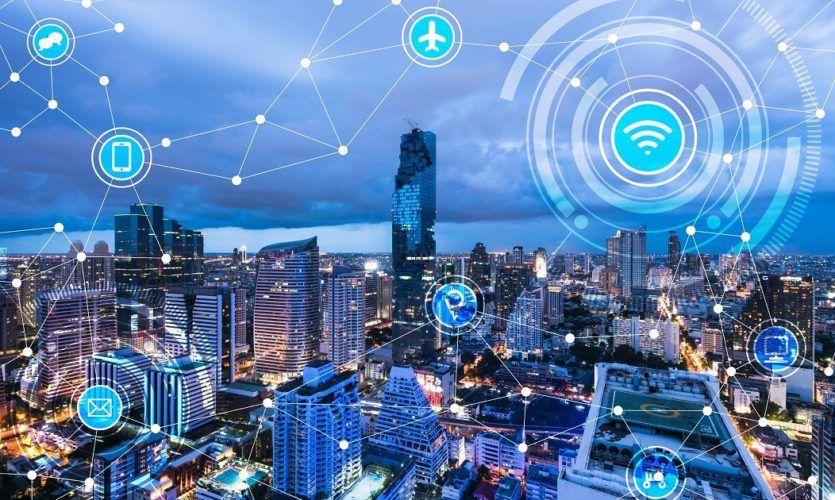Per diverse sources, the concurrent trending of Artificial Intelligence (AI), Augmented Reality (AR), Learning Analytics (LA), Internet of Things (IoT), Robotics, Teaching Technology (TT), Computing Advancing (CA), Machine Learning (ML), and the soon emergent of Quantum Computing (QC), building resilient business could extensively engage with deepening tech integration by engaging specialised minds in business systems to optimise operations in such globally diverse sectors like global oil and gas industry, blue economy sectors, climate, digital agriculture, education and every unit of both the public and private sectors. It is becoming important for building resilience in today’s businesses as we continue to ensure sustainability across sectors not only in the global north economies but also within the global south aspiring economies.
The frequent uncertainty that surrounds the global economies of world nations has indeed raised the bar of the successive vulnerability that encompasses the worldwide economies of world governments. Such allusion is pitching business concentration to a constant flow of threats and disturbances 100 years — not alt terrible, but rather happening perpetually and regularly: it underlines monetary emergencies; the 9/11 assaults; the universality of broadband influencing the Web, and the fast reception of cell phones; the ascent of internet business and online entertainment. Nonetheless, the worldwide reach and predominance of a modest bunch of tech monsters; battles all over the planet; outcast emergencies; environmental contextualizing, andragogic affluent of education, and an Earthwide temperature boost; blockchain and digital money; the pandemic; store network interruptions; the ascent of remote work and network safety imperilment; and the latest expansion to this rundown – computerised reasoning, AI, ChatGPT and associated tech leverages. Pushing forward is the main genuine choice considering all these scenarios.
The dependent variables upon the nature and reality of the unsettling influence are to maintain the focal points of business and ensure sustainability, as such, measured or scaled preparation and response of tech integration that could have a minor emergency, a crisis, or even a mishap on organisational leaderships and managements centrally in unfocussed hands. Momentarily, the more unbelievable circumstances that could be recorded in designing a plan, is when flexibility could mean the differentiation between a business that gets by with all that is looking great and one that is genuinely hurt or attempted and thoroughly routed by the unsettling influence. The need for a trademark consequence of this is that survivors are as of now bound to prosper as they have fewer competitors than beforehand, making flexibility a potential wellspring of high ground considering for quite a while until new competitors emerge. Formatively, such an innate significance of this is to accentuate that business survivors are now more likely to succeed sustainably as they have fewer competitors than before, making resilience a prospective reference of competitive advantage, at least for a while until new rivals emerge to retain essential variables in favour of sustainability. The subject of detriment restriction or as it is, damage limitation could give the fundamental connection to exemplary risk mitigation practices as well as classic alleviation rehearses. Such practices are essential as they help to restrict harm, however, they can’t assist the association with flourishing in the new, adjusted climate. In such cases, disaster recovery planning (DRP) and business continuity planning (BCP) are the two deep-rooted practices to delineate this point. Intriguingly, DRP is intended to accomplish a specific recuperation time for IT frameworks and to restrict information misfortune, yet it can’t assist the business with responding to specific shocks, for example, to the plan of action of the organisation.
BCP is more extensive in scope in that it incorporates cycles and individuals, yet its essential capability of returning the business or certain cycles inside the business to typical tasks is additionally after searching for its goal. Emphatically, DRP and BCP are types of protection zeroed in on making up for an impermanent occasion, and spending on DRP and BCP is in this manner seen as a fundamental expense as opposed to an interest from now on. It is essentially spending on DRP and BCP – thus seen as a critical cost rather than an asset in the future. On the very periodic contrary, if the possibility for future payoff is much larger and contemporary operations run better, then, flexibility should demand a substitute way to deal with imagining possible future circumstances and the limits that could make a more grounded affiliation. Accepting that DRP and BCP attempt to make arrangements for known questions, adaptability ought to gather the capacity to manage dark inquiries. These capacities don’t come without cost and effort, but the potential for future outcomes is significantly greater, and they can help current undertakings run better. At this point, one should ask, what are the functionalities of building an effective and resilient business? Taking a structured approach could raise some inquiries as regards sustainability. For instance, how robust is your establishment today? What are the holes that should be tended to? Lamentably, there is no standard plan one can undoubtedly allude to: as the idea of future questions can change incredibly; starting with one organisation and then onto the next.



